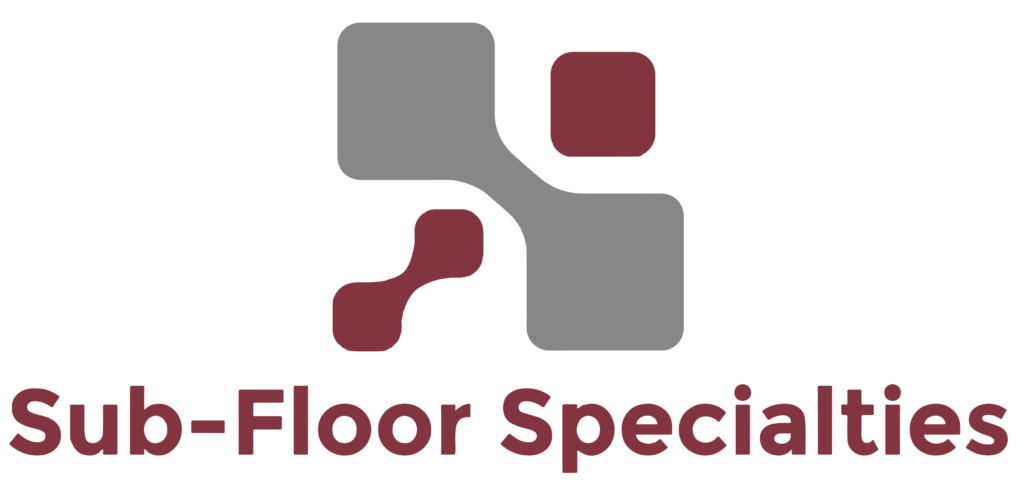Epoxy & Urethane Resin Systems
Resinous flooring systems are ideal for resurfacing concrete floors by applying a base of resinous material over the concrete in order to create a smooth, non-porous surface. Resinous flooring systems can be used for commercial, industrial and even residential purposes. They are safe, durable and can be customized into a wide range of colors, textures and patterns, making them perfect for any situation. At Subfloor Specialties, we can provide you with the right epoxy or urethane resin systems for your project.
Benefits of Resinous Flooring
Chemical Resistant: Protects the concrete from acids, solvents, alkalis and other corrosive chemicals.
Highly Durable: Wear-resistant even under heavy traffic and harsh conditions.
Slip Resistant: Perfect for healthcare, retail and service industries.
Seamless: A smooth surface without any seams, ridges or joints. It can also be applied in tight spaces where other types of flooring cannot.
Low-maintenance: The non-porous material allows for easy cleanup of stains and spills.

